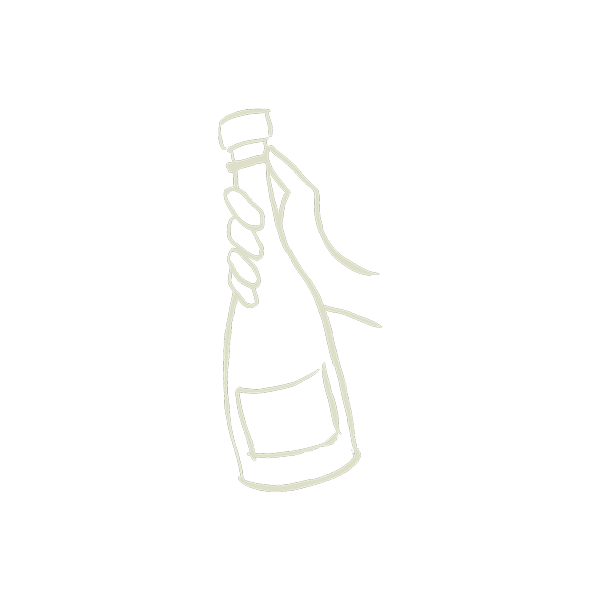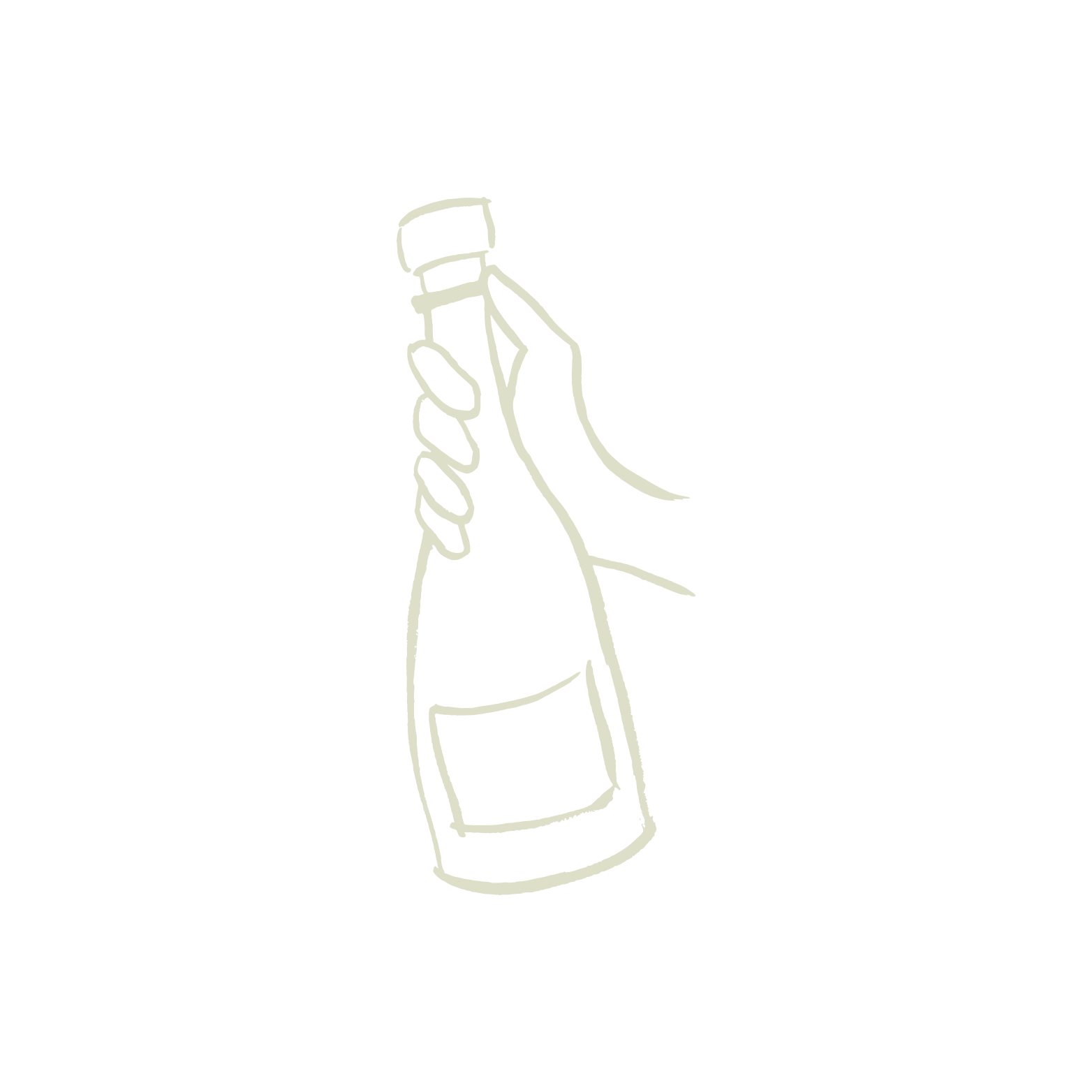What Makes Grower Champagne — Vintage Grower Champagne?
We'll fill you in on how these A+ bubbles make it into a class of their own.
We stand by our belief that Champagne is meant to be drank – enjoyed often and for any number of celebrations from making it through the work week to marking a major life event. And the grower Champagnes you’ll find at fatcork are perfectly suited to all of those occasions. But if you’re up for something extra special or if you want to really wow your Champagne-loving friends and family, look for a bottle labeled “Millésime,” and you’ll be poised to impress.
French for “vintage,” millésime means that all the wine in that particular cuvée has been harvested from a single year. It is up to the vigneron to declare a vintage, and they reserve the designation only for when it is an exceptionally good year. In Champagne, 100 percent of the grapes used to make that vintage cuvée must be from that year, and by French law, vintage bubbles must rest and mature for at least three years in the cellar before they can be enjoyed. Many vignerons choose to age theirs for a few years more. Vintage Champagnes require a lot of time, but with well-integrated flavors and delicate finesse, they’re well worth the wait.
Fun fatcork fact: It is rare for vignerons to declare more than three vintages in a decade. Some houses are more selective than others.
Whether or not a vigneron declares a vintage depends on the year and the quality of the fruit: if it’s been an exceptional year and if the fruit is coming from their best plots. This also means that each vintage has its own unique character, an expression of a particular place, time and weather pattern. For example, 2019 was wrought with weather-related challenges that resulted in a decreased yield, particularly, in the Côte des Blancs. But the grapes that survived were perfectly ripe with good acidity and, therefore, have great aging potential. Many vignerons across Champagne declared a 2019 vintage. In contrast, 2022 turned out to be a “solar” Champagne vintage, yielding substantial volume with a quick and easy growing season and perfectly healthy grapes all around. The resulting wine had a deliciously balanced acidity, and vignerons declared a 2022 vintage. Rarely, if a year has been generally bad or just average for most of Champagne, but one domaine has somehow lucked out with an exceptional yield, that vigneron may declare an “off vintage” to signify that it wasn’t a widely accepted “good year” for everyone else.
Fun fatcork fact: According to French law, vignerons must set aside 15 percent of each year's harvest as “nonvintage” even if they’ve declared a vintage.
Because of Champagne’s location in northeastern France, basically the edge of where the cultivation of grapes is possible, many harvests are not suitable for the production of top-quality, single-vintage Champagne. Therefore, nonvintage cuvées make up a majority of the Champagne sold around the world. After pressing the grapes from the current harvest, vignerons store the juice in barrels, concrete tanks for stainless steel vats while it undergoes the first of two fermentation cycles. Vignerons will taste the juice at various stages of first fermentation to determine future blends and vintages. Blending involves combining the recently fermented wine with older reserve wine to make a cuvée. Because each year’s wine can be vastly different from one year to the next, vignerons blend wines to improve a cuvées quality, texture and mouthfeel. So, when they declare a vintage, it means the wine from that year is exquisite just on its own.

Cheers to vintage grower Champagne!


